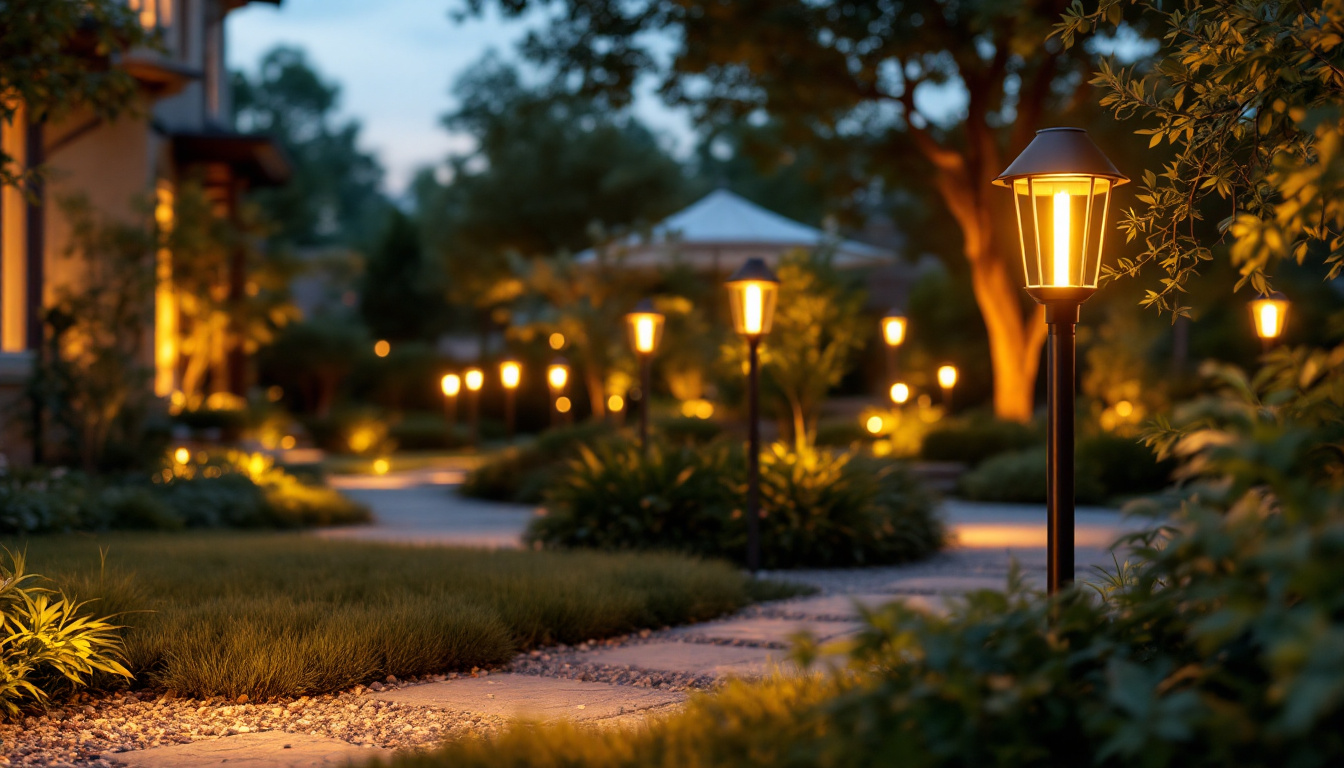
In the world of lighting design and installation, wall strips have emerged as a versatile solution for both functional and aesthetic applications. This article aims to provide a concise overview of wall strips, their benefits, installation considerations, and practical applications specifically tailored for lighting contractors. Understanding these elements can enhance project outcomes and client satisfaction.
A wall strip is a linear lighting fixture typically mounted on walls or ceilings. These fixtures can be used for various purposes, including ambient lighting, task lighting, and accent lighting. Wall strips often utilize LED technology, making them energy-efficient and long-lasting, which is a significant advantage in both residential and commercial settings. Their versatility allows them to be used in a wide range of environments, from cozy homes to bustling offices, enhancing the overall functionality and aesthetics of the space.
Wall strips come in various designs, lengths, and finishes, allowing for seamless integration into different architectural styles. Whether it’s a sleek, modern look or a more traditional aesthetic, there is a wall strip that can complement the design vision of any space. The ability to customize these fixtures makes them a favorite among designers and contractors alike. Additionally, wall strips can be found in an array of materials, including metal, wood, and plastic, which further expands their design possibilities. This variety not only caters to personal taste but also enables the creation of unique lighting effects that can transform a room’s atmosphere.
Beyond aesthetics, wall strips serve multiple functions. They can illuminate hallways, provide task lighting in workspaces, or create mood lighting in living areas. The flexibility to adjust brightness and color temperature adds to their appeal, allowing contractors to meet specific client needs effectively. Moreover, many modern wall strips come equipped with smart technology, enabling users to control lighting through mobile apps or voice commands. This integration of smart features not only enhances convenience but also promotes energy savings by allowing users to easily manage their lighting preferences based on their daily routines. In commercial settings, wall strips can also be utilized for wayfinding, guiding visitors through large spaces with subtle yet effective illumination.
The advantages of incorporating wall strips into lighting projects are numerous. For contractors, understanding these benefits can facilitate better client discussions and project proposals.
One of the most significant benefits of wall strips is their energy efficiency. LED technology consumes less power compared to traditional lighting options, leading to lower energy bills for clients. This aspect not only appeals to environmentally conscious customers but also aligns with current trends toward sustainable building practices. Furthermore, many wall strips are equipped with smart technology that allows for dimming and scheduling, providing even greater control over energy consumption. This means that clients can customize their lighting to suit their daily routines, further enhancing energy savings while creating the perfect ambiance for any occasion.
Wall strips are designed for easy installation, making them a practical choice for contractors. They can be mounted in various orientations and can fit into tight spaces, allowing for creative lighting solutions. Additionally, many wall strips come with installation kits that simplify the process, saving time and labor costs. Their versatility extends beyond just installation; wall strips can also be easily integrated with existing lighting systems or used as standalone features. This adaptability allows contractors to tailor their designs to meet the specific needs of each project, whether it’s highlighting architectural features in a commercial space or providing soft, ambient lighting in a residential setting. Moreover, the variety of styles and finishes available means that wall strips can complement any interior design aesthetic, making them a favored choice among designers and homeowners alike.
While wall strips offer numerous benefits, proper installation is crucial to achieving optimal performance and aesthetics. Here are some key considerations for contractors.
Before installation, it’s essential to evaluate the electrical requirements of the wall strips. Most LED wall strips operate on low voltage, which may require a transformer. Understanding the power supply and ensuring compatibility with existing electrical systems is vital to avoid issues post-installation. Additionally, contractors should consider the total wattage of the wall strips to ensure that the circuit can handle the load without tripping breakers or causing flickering lights. It’s also wise to plan for future expansions or additional lighting needs, which may necessitate a more robust electrical setup.
Wall strips can be mounted in various ways, including flush mounting, surface mounting, or recessed installation. The choice of mounting method will depend on the design intent and the specific application of the lighting. Contractors should discuss these options with clients to determine the best fit for their needs. For instance, flush mounting provides a sleek, modern look that can enhance the overall aesthetic of a room, while surface mounting is ideal for spaces with limited depth. Recessed installation, on the other hand, can create a dramatic effect, especially in areas where a minimalist design is desired. Furthermore, the mounting method can influence the light distribution and intensity, making it essential to choose wisely based on the desired ambiance.
Wall strips are not just versatile in design; they also have a wide range of practical applications across different environments. Here are some common uses that lighting contractors can consider.
In residential settings, wall strips can enhance the ambiance of living rooms, bedrooms, and hallways. They can be used to create accent lighting that highlights artwork or architectural features, adding depth and interest to the space. Additionally, their ability to provide soft, indirect light makes them perfect for bedrooms and cozy areas. For instance, installing wall strips behind a headboard can create a soothing glow that makes bedtime more inviting. Furthermore, in modern homes with open floor plans, wall strips can help define different areas, such as a dining space or reading nook, without the need for physical barriers.
In commercial spaces, wall strips can serve functional purposes such as illuminating corridors, staircases, and entryways. They can also be utilized in retail environments to highlight merchandise or create an inviting atmosphere. The adaptability of wall strips makes them suitable for various commercial applications, from offices to restaurants. For example, in a restaurant, strategically placed wall strips can enhance the dining experience by creating a warm and welcoming environment, while also ensuring that staff can navigate the space safely. Moreover, in office settings, wall strips can be integrated into the design to promote productivity by providing adequate lighting that reduces eye strain, especially in collaborative workspaces where team members gather for discussions and brainstorming sessions.
Selecting the appropriate wall strip for a project involves considering several factors. Lighting contractors should be equipped with knowledge about these elements to guide their clients effectively.
When choosing wall strips, it’s essential to consider the light output and color temperature. Different spaces require different levels of brightness and warmth. For instance, a workspace may benefit from cooler, brighter light, while a dining area may require warmer tones to create a cozy atmosphere. Understanding these requirements will help contractors make informed recommendations. Additionally, the use of color rendering index (CRI) ratings can provide further insight into how colors will appear under different lighting conditions. A higher CRI rating indicates that colors will appear more vibrant and true to life, which is particularly important in areas like art studios or retail spaces where color accuracy is crucial.
Many modern wall strips come with advanced control options, including dimming capabilities and smart technology integration. Offering clients the ability to control their lighting through mobile apps or voice commands can enhance their overall experience. Contractors should stay informed about the latest technologies to provide clients with the best solutions. Furthermore, integrating wall strips with home automation systems can allow for customized lighting scenes, enabling users to switch from bright task lighting to soft ambient lighting with a simple command. This flexibility not only elevates the functionality of a space but also contributes to energy efficiency, as users can adjust lighting based on their specific needs and preferences throughout the day.
Wall strips are designed to be low-maintenance, but understanding their longevity and care requirements is crucial for contractors. Educating clients on proper usage and maintenance can extend the life of the fixtures and ensure consistent performance.
Regular cleaning is essential to maintain the appearance and functionality of wall strips. Dust and debris can accumulate on the fixtures, affecting light output and creating an unappealing look. Contractors should advise clients on appropriate cleaning methods and products to use, ensuring that the fixtures remain in optimal condition.
While wall strips are durable, there may come a time when replacements or upgrades are necessary. Contractors should discuss the lifespan of the fixtures with clients and offer options for future upgrades, especially as technology continues to evolve. This proactive approach can help clients feel more confident in their lighting choices.
Wall strips represent a modern and efficient lighting solution for various applications, making them an essential consideration for lighting contractors. By understanding their benefits, installation requirements, and practical applications, contractors can offer valuable insights to clients and enhance their project outcomes. As the demand for innovative lighting solutions continues to grow, wall strips will undoubtedly play a pivotal role in shaping the future of lighting design.
Incorporating wall strips into projects not only meets the functional needs of clients but also elevates the overall aesthetic appeal of spaces. With the right knowledge and approach, lighting contractors can leverage this versatile solution to create stunning environments that leave a lasting impression.
Ready to transform your lighting projects with the efficiency and elegance of wall strips? Look no further than LumenWholesale, where we provide lighting contractors with the highest quality, spec-grade lighting products at prices that can’t be beaten. Say goodbye to local distributor markups and hello to our extensive selection that meets rigorous industry standards. With LumenWholesale, you’ll enjoy the convenience of free shipping on bulk orders, ensuring you get the premium lighting you need at the best value — all without hidden fees or compromises. Elevate your lighting designs today by visiting Wholesale Lighting at the Best Value and discover how we can help you shine brighter in every project.

Illuminate your outdoor spaces efficiently with our comprehensive checklist for solar-powered lights.

Discover effective strategies for lighting contractors to tackle common challenges with electric cable pullers.

Explore the advantages and drawbacks of using LED lamps with remote controls for lighting contractors.

Discover the essential components and expert tips for creating the perfect exit kit for lighting.